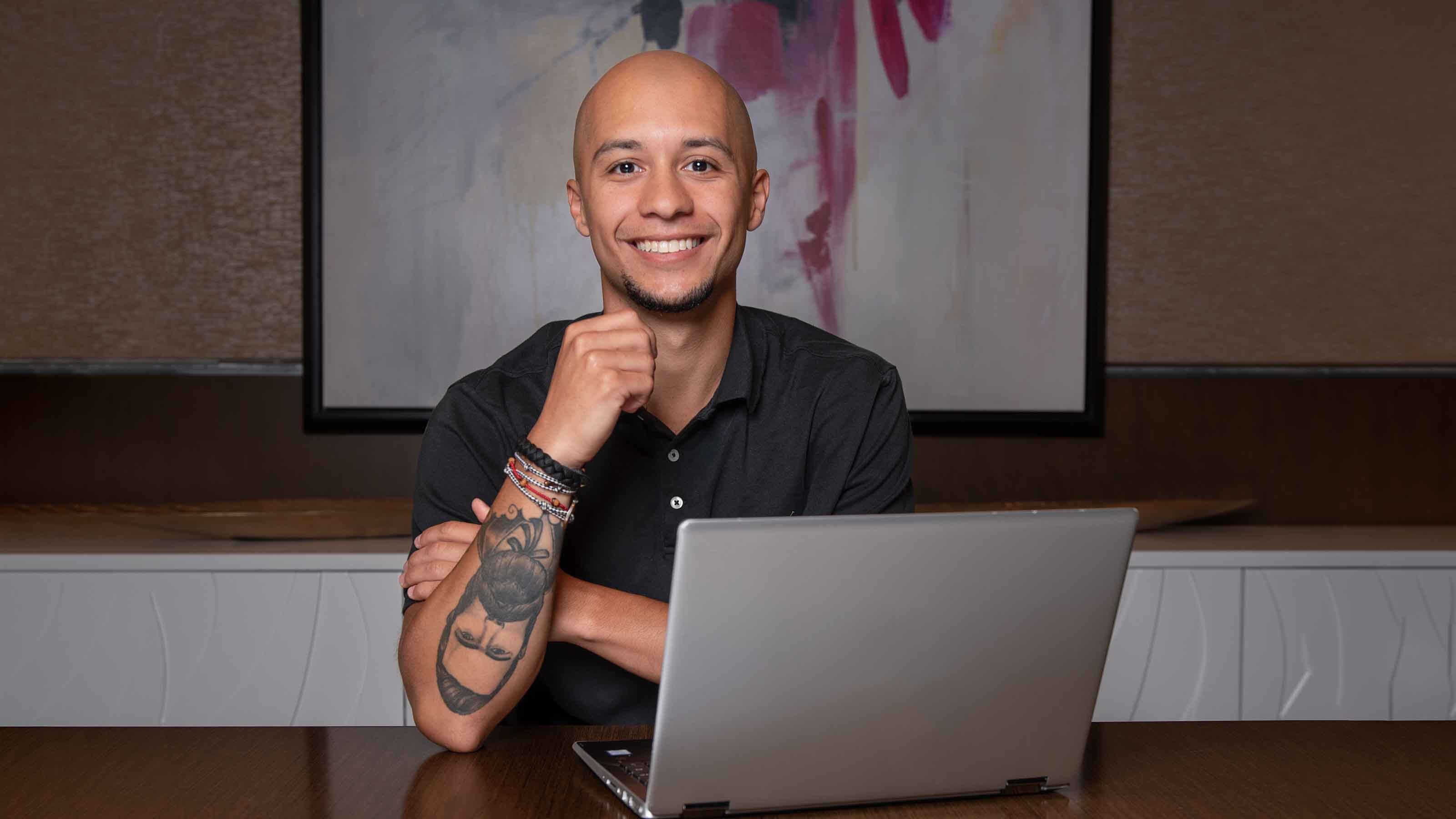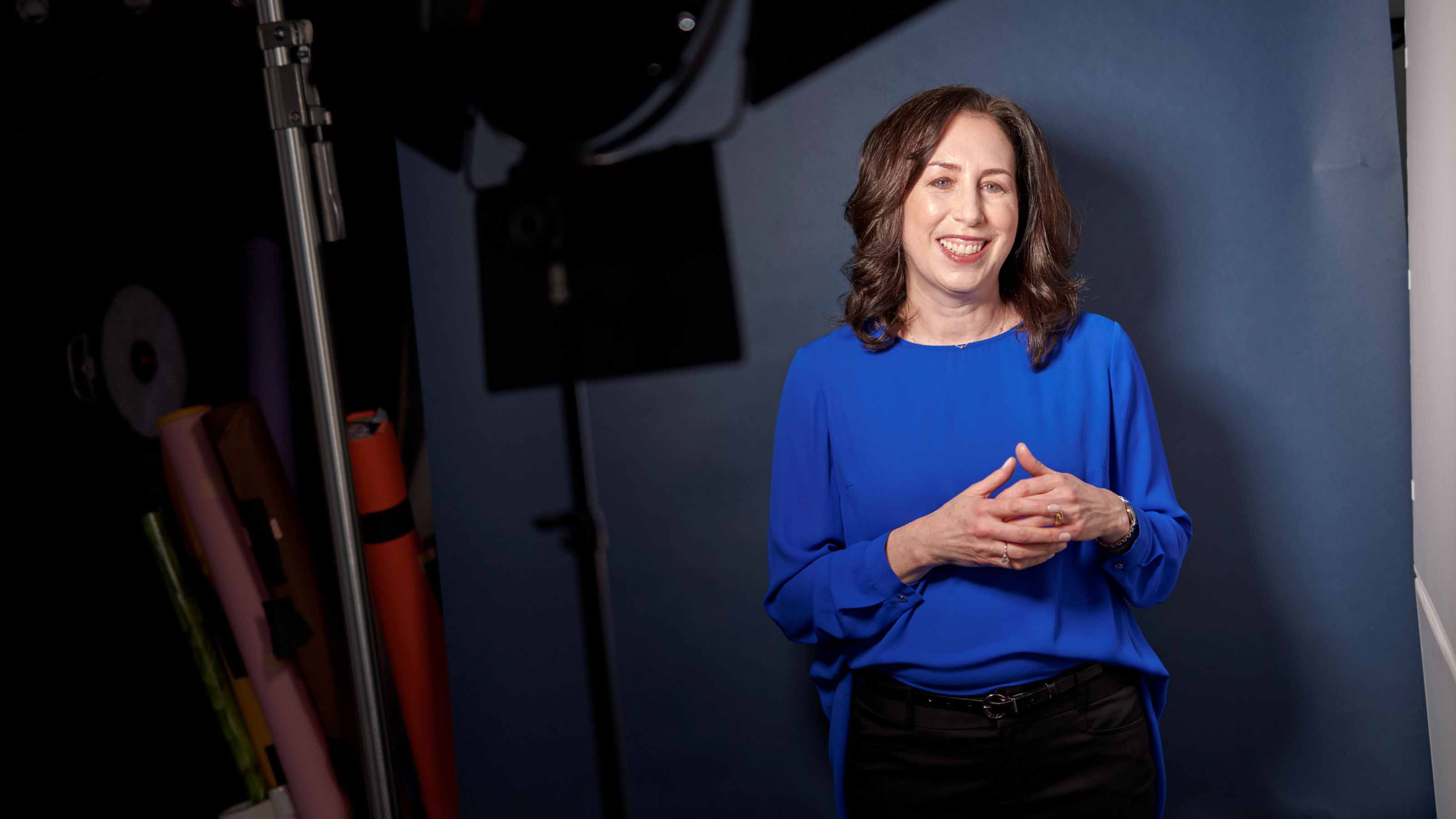Save for a House
How much you’ll need and what to expect when you apply for a mortgage.

Before lenders will approve you for a mortgage, they want some assurance that you aren’t going to default on the loan—that you have enough income to pay your mortgage, enough savings for a down payment and closing costs, and a good credit history. The better your credit profile and the bigger your down payment, the lower the interest rate for which you’ll qualify. (In early April, the average 30-year fixed rate was 4.3%.)
Lenders size up your “three c’s”—credit history (your credit score and your record of debt repayment), capacity (income, savings and investments) and collateral (your down payment and the value of the home you want to buy, after an appraisal). They verify employment for the past two years and try to predict how likely it is that you’ll keep your job. If you’re weak in one area, strength in the other two or in a spouse’s profile may compensate.
To figure out how big a mortgage you can afford, lenders apply payment-to-income ratios. (The majority of banks and credit unions sell the mortgages they originate to Fannie Mae or Freddie Mac—agencies that guarantee the loans made by lenders—and follow their rules.) Your monthly mortgage payment shouldn’t exceed 28% of your monthly gross income (before taxes and other deductions). That 28% limit covers principal and interest, real estate taxes, homeowners (hazard) insurance, and homeowners or condo association dues.

Sign up for Kiplinger’s Free E-Newsletters
Profit and prosper with the best of expert advice on investing, taxes, retirement, personal finance and more - straight to your e-mail.
Profit and prosper with the best of expert advice - straight to your e-mail.
Recurring monthly payments for all debts (including student loans, even if they’re deferred) shouldn’t exceed 36% of your monthly gross income. The Federal Housing Administration (FHA), another loan guarantor, bumps up the ratios for mortgages and all debts to 31% and 43%, respectively (it doesn’t include student-loan payments that are deferred for a year or more).
Probably the greatest challenge for would-be home buyers is saving for the down payment. Fannie Mae and Freddie Mac require a minimum down payment of 5% to 10% of a home’s purchase price. In early 2014, 10% down on a median-priced home in the U.S. would have required nearly $19,000. Put down less than 20%, though, and you must pay for private mortgage insurance. The FHA allows down payments as low as 3.5% but requires that you pay upfront and annual insurance premiums.
If you’ve been stashing money in a traditional IRA, you can withdraw up to $10,000 penalty-free for a first-time home purchase (you’ll owe taxes on 100% of the withdrawal unless you’ve made nondeductible contributions). You can always withdraw your contributions to a Roth IRA without penalty or taxes, and you can take up to $10,000 of earnings penalty-free for a first-time home purchase. If your Roth has been open for at least five years, those earnings are tax-free, too.
Or you can generally borrow up to half of the balance of a 401(k), up to a maximum of $50,000, for any reason. The interest you pay on the loan goes back into your account. Your employer may give you up to 15 years to repay the loan if you use the money to buy a home, and the loan doesn’t count in the debt-to-income ratio.
Get Kiplinger Today newsletter — free
Profit and prosper with the best of Kiplinger's advice on investing, taxes, retirement, personal finance and much more. Delivered daily. Enter your email in the box and click Sign Me Up.

-
 2026 Disney Dining Plan Returns: Free Dining for Kids & Resort Benefits
2026 Disney Dining Plan Returns: Free Dining for Kids & Resort BenefitsPlan your 2026 Walt Disney World vacation now. Learn about the returning Disney Dining Plan, how kids aged three to nine eat free, and the exclusive benefits of staying at a Disney Resort hotel.
By Carla Ayers
-
 How Can Investors Profit From AI's Energy Use?
How Can Investors Profit From AI's Energy Use?Global energy demand is expected to grow by leaps and bounds over the next several years as AI usage accelerates. Here's how to get a piece of the pie.
By Jacob Schroeder
-
 Debit Cards vs Charge Cards
Debit Cards vs Charge Cardscredit & debt Whether sticking to a budget or reaping big rewards, understand whether debit cards vs charge cards are right for you.
By Ellen Kennedy
-
 Four Smart Steps To Take Before Buying Your First Home
Four Smart Steps To Take Before Buying Your First Homehome Buying your first home can be daunting. Here are four things you need to do years before you start house-hunting to prepare financially for the biggest purchase of your life.
By Andrea Browne Taylor
-
 Five Big Steps to Buying Your First Home
Five Big Steps to Buying Your First Homereal estate We told you how to prepare years ahead of your first home purchase. Now here is how to close the deal.
By Andrea Browne Taylor
-
 The 25 Cheapest Places to Live: U.S. Cities Edition
The 25 Cheapest Places to Live: U.S. Cities Editionplaces to live Have a look at the cheapest places to live in America for city dwellers. Is one of the cheapest places to live in the U.S. right for you?
By Donna LeValley
-
 Sharing His Path to Success
Sharing His Path to SuccessStarting Out: New Grads and Young Professionals This Native American studied tech in the Air Force and landed his dream job. Now he’s giving back.
By Emma Patch
-
 PODCAST: How to Find a Job After Graduation, with Beth Hendler-Grunt
PODCAST: How to Find a Job After Graduation, with Beth Hendler-GruntStarting Out: New Grads and Young Professionals Today’s successful job applicants need to know how to ace the virtual interview and be prepared to do good old-fashioned research and networking. Also, gas prices are high, but try a little global perspective.
By David Muhlbaum
-
 Preparing for a New Life
Preparing for a New LifeStarting Out: New Grads and Young Professionals While this Afghan refugee waits for resettlement, she is working to bring her family to the U.S.
By Emma Patch
-
 When It’s Time to Drop Your Parents’ Health Insurance
When It’s Time to Drop Your Parents’ Health InsuranceStarting Out: New Grads and Young Professionals Thanks to the Affordable Care Act, the uninsured rate for twenty-somethings has plummeted.
By Emma Patch